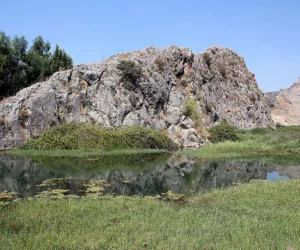The Hemite relief is a significant archaeological artifact located in southern Turkey. This relief is carved into the rocky cliffs of the ancient city of Hemite, also known as Kastabala, in the Osmaniye Province. It dates back to the Hittite period, around the 13th century BC, providing crucial insight into the region’s ancient history and…
Hittite Empire
The Hittites: An Overview of a Forgotten Empire
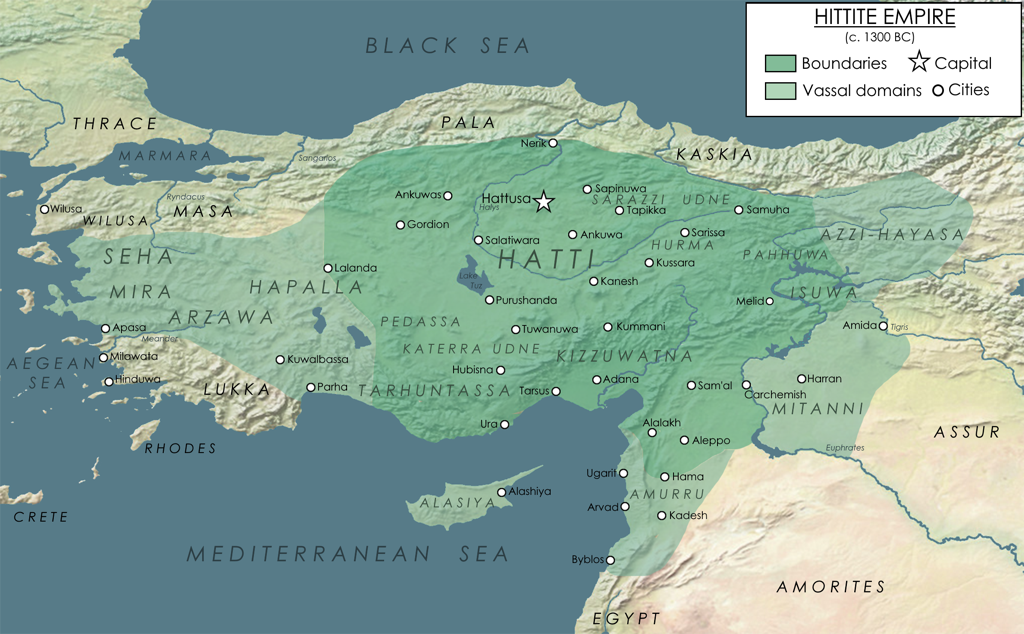
The Hittites, an ancient people who emerged in Anatolia around the middle of the 2nd millennium BCE, have long fascinated historians and archaeologists alike. Their civilization, known as the Hittite Empire, was centered in what is now modern-day Turkey. This empire was among the most powerful in the Near East, rivaling even the Egyptians and the Assyrians. The Hittite civilization was characterized by its advanced legal systems, sophisticated art and architecture, and its pivotal role in the political dynamics of the ancient Near Eastern world.
The Hittite Empire reached its zenith in the 14th century BCE under the reign of Suppiluliuma I, expanding its territories to encompass large parts of Anatolia, the Levant, and even northern Mesopotamia. This expansion was not only a testament to their military prowess but also to their diplomatic strategies, which included marriages into the royal families of neighboring states. The Hittite people were adept in harnessing the power of iron, which gave them a significant advantage over their rivals who were still reliant on bronze weaponry. This technological edge, combined with their formidable chariotry, cemented the Hittites’ status as a superpower of the ancient world.
The Hittite language, part of the Anatolian branch of the Indo-European language family, provides a crucial window into their culture and society. The discovery of thousands of clay tablets inscribed in cuneiform script at the site of Hattusa, the Hittite capital, has been instrumental in understanding the complexities of Hittite law, religion, and diplomacy. These texts, which include the famous Treaty of Kadesh with Egypt, the oldest known peace treaty in the world, highlight the Hittites’ sophisticated approach to governance and international relations.
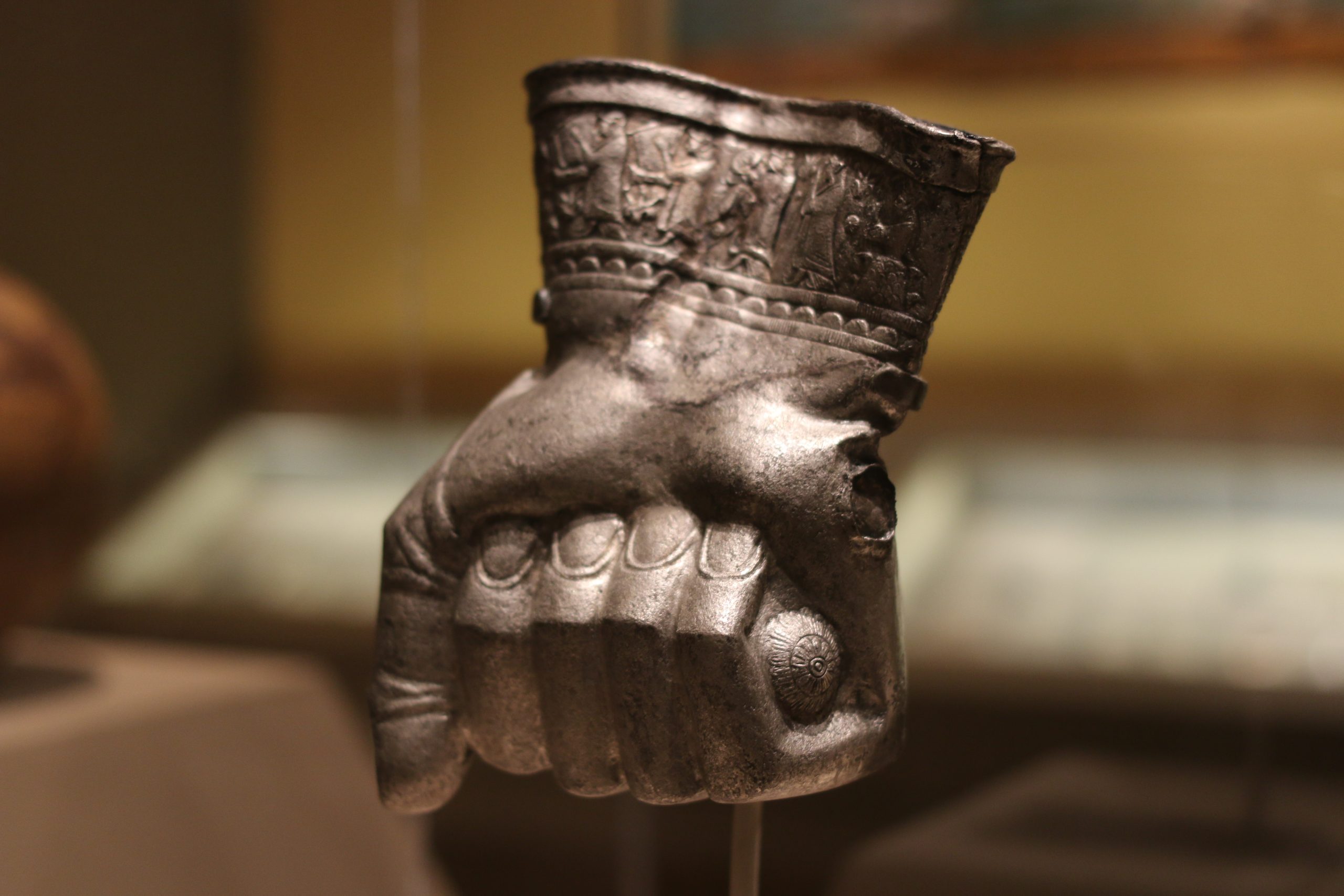
Despite their prominence, the Hittite Empire began to decline around the 12th century BCE, eventually fragmenting into several “Neo-Hittite” city-states. These entities persisted until their final absorption into the expanding Assyrian Empire in the 8th century BCE. The reasons behind the decline of the Hittite civilization are still debated, with theories ranging from internal strife to invasions by the Sea Peoples and changes in trade routes. However, the legacy of the Hittites lived on, influencing the cultures and histories of subsequent civilizations in the region.
The Hittite people themselves are an enigma, with limited physical descriptions available from ancient sources. Artistic depictions and skeletal remains suggest they were similar in appearance to other Anatolian and Near Eastern peoples of the time, with a diverse genetic makeup indicative of a society that was at the crossroads of several ancient civilizations. Their contributions to the development of iron technology, legal thought, and international diplomacy are among their most enduring legacies, marking them as a pivotal civilization in the history of the ancient Near East.
In conclusion, the Hittites represent a civilization that, despite its once formidable power and influence, has only come to be appreciated in the light of modern archaeological discoveries. The study of the Hittite language and the excavation of sites such as Hattusa have unveiled the complexities of a society that was at once warlike and sophisticated, insular and international. As research continues, the story of the Hittite Empire and its people promises to further enrich our understanding of the ancient world.
Explore The Hittite Empire’s Archaeological Discoveries and Historical Sites
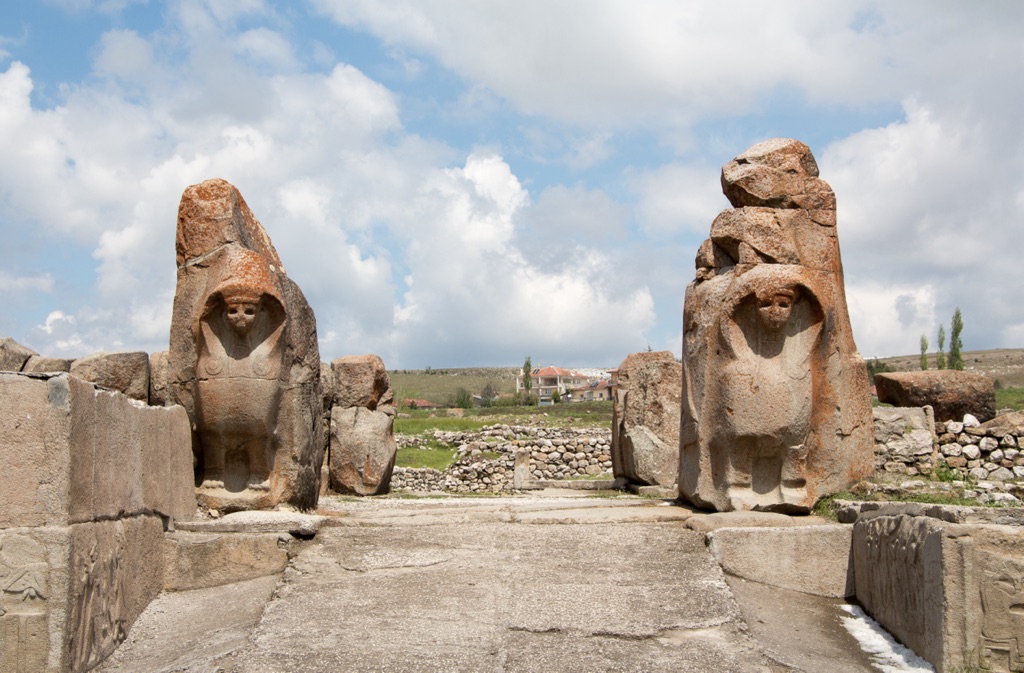
FAQ on The Hittites
Who were the Hittites?
The Hittites were an ancient civilization that flourished in Anatolia (modern-day Turkey) during the 2nd millennium BCE. They established a powerful empire that played a significant role in the politics and culture of the Near East.
What did the Hittites look like?
There is limited information on the physical appearance of the Hittites. Artistic depictions and archaeological findings suggest they were similar to other Anatolian and Near Eastern peoples, with a diverse genetic makeup.
How to pronounce “Hittites”?
“Hittites” is pronounced as “HIT-tites,” with emphasis on the first syllable.
Were the Hittites in the Bible?
Yes, the Hittites are mentioned several times in the Bible. They are depicted as one of the peoples inhabiting the land of Canaan, with whom the Israelites had interactions.
Were the Hittites black?
The Hittites, based on archaeological and historical evidence, were not black in the sense of Sub-Saharan African peoples. They were an Anatolian people and would have resembled other groups from the region, which is characterized by a diverse range of genetic backgrounds.
Who are the Hittites today?
The Hittites, as a distinct civilization, ceased to exist towards the end of the 2nd millennium BCE, transitioning into what historians refer to as the Neo-Hittite states before being absorbed by larger empires like the Assyrians. Today, there is no direct descendant community that identifies as Hittite. However, the cultural and historical legacy of the Hittites is part of the broader heritage of the peoples of modern-day Turkey and, more widely, of the civilizations that have inhabited the Anatolian peninsula.
What was the religion of the Hittites?
The religion of the Hittites was polytheistic, featuring a pantheon of gods that oversaw various aspects of nature and human endeavor. Their religious practices included elaborate rituals, festivals, and sacrifices to honor their deities and ensure divine favor. The Hittite pantheon was influenced by the cultures of neighboring regions, leading to a syncretism that incorporated Hurrian, Mesopotamian, and local Anatolian deities. Key gods included the storm god Tarhunt, the sun goddess of Arinna, and the weather god Teshub. The Hittites also placed a strong emphasis on oracles and divination as means of understanding the will of the gods.
Where did the Hittites live?
The Hittites lived in Anatolia, a region that corresponds largely to modern-day Turkey. Their empire, at its height, covered much of Anatolia and extended into parts of the Levant. The heartland of the Hittite civilization was centered around the city of Hattusa, which served as their capital. Hattusa was located in north-central Anatolia, near what is today the town of Boğazkale (formerly Boğazköy), Turkey. The Hittite Empire’s strategic location allowed it to control key trade routes and interact with neighboring civilizations, including the Egyptians, Assyrians, and Mycenaeans.
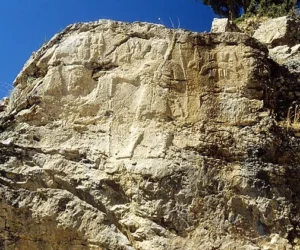
Hanyeri Relief
The Hanyeri relief is an important archaeological discovery located in southern Turkey, near the village of Hanyeri in the Adana Province. It dates to the late Hittite period, around the 8th century BC. The relief is carved into a rock face and depicts a figure, likely a ruler or deity, holding a spear and standing…
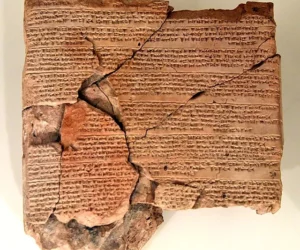
Treaty of Kadesh
The Treaty of Kadesh is one of the earliest known peace treaties in history, signed between two ancient superpowers: the Egyptian Empire under Pharaoh Ramses II and the Hittite Empire under King Hattusili III. This diplomatic agreement ended long-standing hostilities and established a framework for peace and mutual defense. It dates back to the 13th…
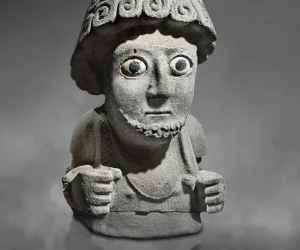
Suppiluliuma (Pattin)
Suppiluliuma I: The Rise of a Hittite King Suppiluliuma I, also known as Suppiluliuma I (Pattin), ruled the Hittite Empire from approximately 1344 BC to 1322 BC. His reign marked a significant period in Hittite history, characterized by military conquests, diplomatic maneuvers, and internal reforms. This blog post delves into the life and achievements of…
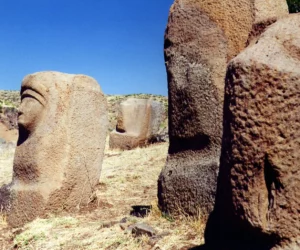
Yesemek Quarry and Sculpture Workshop
Yesemek Quarry and Sculpture Workshop: An Archaeological Overview Yesemek Quarry and Sculpture Workshop, located in Gaziantep Province, Turkey, stands as the largest known stonemasonry workshop from the ancient Near East. This open-air museum, dating back to Hittite times, spans an impressive 100,000 square meters. Geography Situated to the south of Yesemek village in the İslahiye…
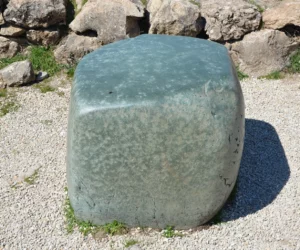
The Green Stone of Hattusa
A Journey into History and Mystery The Hattusa Green Stone is a mysterious artifact that captures the imagination of visitors and historians alike. Found in the ancient city of Hattusa, the stone stands as a testament to the rich history of the Hittite civilization. This roughly cubic block of nephrite, a dark green mineral, sits…

